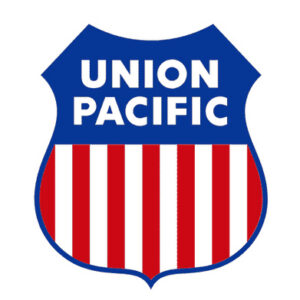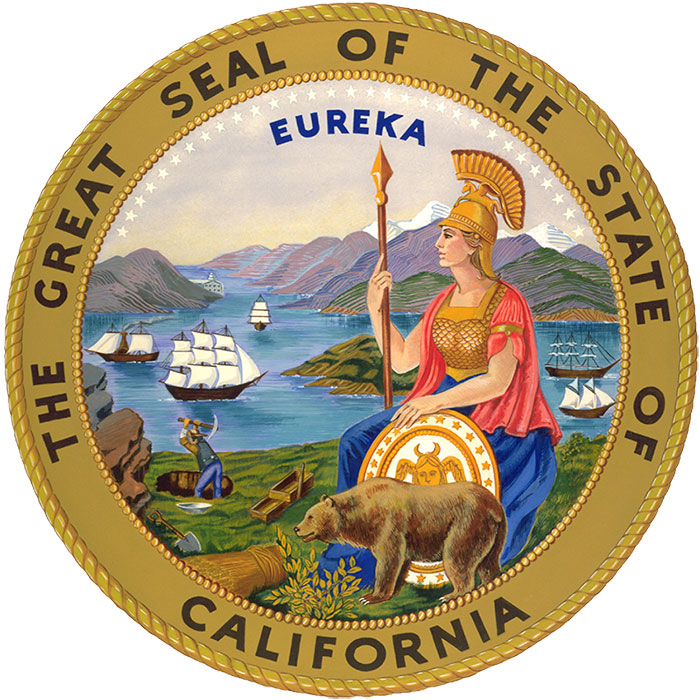 UNION, Neb. — More than 20 cars of a Union Pacific train derailed Tuesday afternoon near the Nebraska-Iowa state line, with one tank car spilling its contents into an adjacent waterway, KLKN-TV reports.
UNION, Neb. — More than 20 cars of a Union Pacific train derailed Tuesday afternoon near the Nebraska-Iowa state line, with one tank car spilling its contents into an adjacent waterway, KLKN-TV reports.
The derailment occurred about 4 p.m. near Union, about 4 miles west of the state line and 30 miles south of Omaha on UP’s Falls City Subdivision. KLKN says 23 cars were involved; WOWT-TV says 22 cars derailed. According to KLKN, polyisobutylene, a synthentic rubber, spilled from one car into adjacent Wolf Creek. It is not considered a hazardous substance, according to this data sheet.
No injuries were reported. UP told KLKN a hazmat team is on scene coordinating cleanup efforts.














Polyisobutylene is actually insoluble in water and, with a specific gravity of ~.82-~.92, floats on water. It appears to be a clear “blob” on the surface when it’s spilled into water.
Section 9.1 of the SDS linked in the article shows “No data available” for water solubility but two other SDSs show it to be insoluble in water to “Water: <= 0.1 % Negligible in water" for its solubility index.
https://www.univarsolutions.co.uk/proxy/index/index/?e=0%3A3%3ABtHEURGTeBXBzd0SrQaxTZHpubJe6iAIx%2BsF7bN%2Fm3FdbWoYIOYTmWrKUVqULVfbD5qzB5c5aCS6SXBFxr0VHbtxWaj6MoizDUBzlOQsGglFCYZlpdUm913bQdAZ1%2FHLR15dIoLb8855PE%2FkNXymgKN97LYrgiqBggB6LjkV8IdaaK081HsnrlI%3D
https://www.google.com/url?sa=t&rct=j&q=&esrc=s&source=web&cd=&ved=2ahUKEwiIk6fC89mGAxXQ4ckDHbnXCakQFnoECBEQAQ&url=https%3A%2F%2Fwww.braskem.com.br%2Fcms%2Fusa%2FModuloProduto%2FDownload%3Fid%3Di24SrHnOR4I%3D%26pasta%3Du%2BNLUW2hd4tbZe90oWKjdQ%3D%3D%26idioma%3D%26guid%3D9899d1e7-4235-48da-84a2-8558caa83480&usg=AOvVaw1_6_kM_gWqC2QH8azjYliQ&opi=89978449
Also, the article notes PIB "…is not considered a hazardous substance" which is accurate as "hazardous substance" is a specific term used to denote a material regulated by EPA under the CERCLA regulations. While PIB may indeed have hazardous effects on the environment, it's not regulated as such.
Its primary regulation is under DOT in rail transport when it's loaded at or above 100 degrees C and then it moves as an "elevated temperature liquid, n.o.s. / Class 9 – Miscellaneous hazardous material" under 49 CFR 173.140. It also does not carry a marine pollutant designation indicating an identified risk specific to releases to waterways.
https://www.google.com/url?sa=t&rct=j&q=&esrc=s&source=web&cd=&cad=rja&uact=8&ved=2ahUKEwjYobvjhNqGAxXp5MkDHQEBBA8QFnoECBQQAQ&url=https%3A%2F%2Fwww.epa.gov%2Fepcra%2Fcercla-hazardous-substances-defined&usg=AOvVaw2mPoHwfYAm-pfSwYgAreK3&opi=89978449
Once again, this time in layman English…
PIB is soluble in water. According to the SDS, “The product components are not classified as environmentally hazardous. However, large or frequent spills may have hazardous effects on the environment.”
So much for the news report.